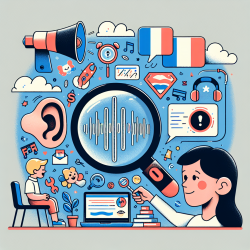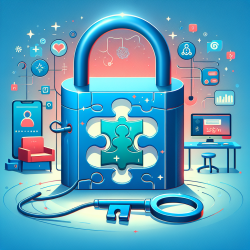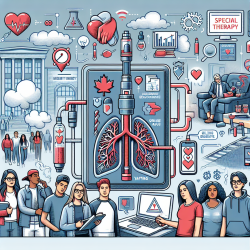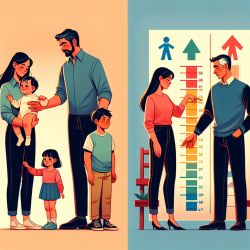Understanding Nonoccupational Noise Exposure: A Guide for Practitioners
In the realm of audiology and speech-language pathology, understanding the impact of nonoccupational noise exposure is crucial. The study titled "A Comparison of Self-Reported Nonoccupational Noise Exposure in a Large Cohort of Listeners" provides valuable insights into how different questionnaires measure noise exposure and the implications for hearing health.
Key Findings from the Study
The study involved 197 young adults who completed three nonoccupational noise exposure questionnaires. The results revealed strong statistical agreement between the Neitzel et al. and Johnson et al. questionnaires, indicating they measure similar constructs of noise exposure. However, the Beach et al. questionnaire showed weaker agreement with the other two, suggesting it measures different aspects of noise exposure.
Interestingly, the study found that self-reported exposure to loud noise was highly sensitive but had poor specificity, leading to a high false-positive rate. This suggests that commonly used case history questions might not effectively screen for significant nonoccupational noise exposure.
Implications for Practitioners
For practitioners, these findings highlight the need for more precise tools to assess noise exposure. Standardized questionnaires that consider the type, duration, frequency, and intensity of noise exposure can provide a more accurate picture of a patient's risk for noise-induced hearing loss (NIHL).
Moreover, the study emphasizes the importance of targeted counseling. Young adults, particularly those engaged in music-related activities and loud recreational events, should receive information on the risks of excessive noise exposure and strategies for hearing protection. Counseling can be more effective when tailored to specific activities and demographics, such as advising male listeners on the use of power tools and female listeners on attending fitness classes and nightclubs.
Moving Forward: The Role of Research
This study underscores the importance of continued research in the field of noise exposure and hearing health. Practitioners are encouraged to stay informed about the latest research developments and consider how these findings can be integrated into clinical practice. By utilizing data-driven approaches, practitioners can enhance their ability to identify individuals at risk for NIHL and provide effective counseling and intervention strategies.
To read the original research paper, please follow this link: A Comparison of Self-Reported Nonoccupational Noise Exposure in a Large Cohort of Listeners.










